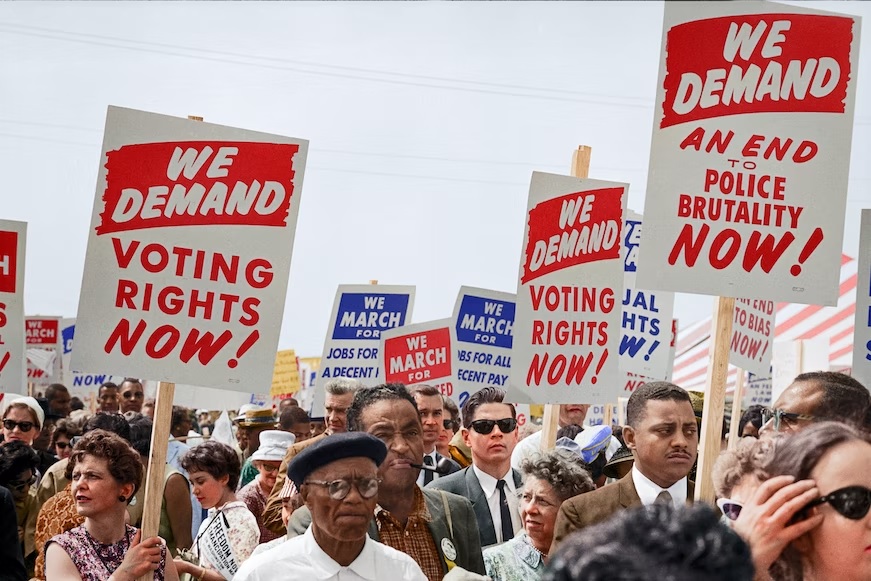
Happy Halloween everyone! Below are the 10 winners of the Nonprofit AF Scary Story Contest 2022. Thank you to the dozens of colleagues who sent in entries. I read them all under a blanket with a flashlight, shivering with mounting fear and dread as if I was creating a budget using a funder’s budget format set in Word. It was a very difficult task to choose the 10 winners. We have some talented writers (and at least one amazing actor, as you’ll see in a video below) in our sector. These stories won based on creativity, scariness, and originality. Understandably, many colleagues asked to remain anonymous. I did very little editing, except to add Oxford Commas. I hope you enjoy them as much as I did!
Continue reading →




